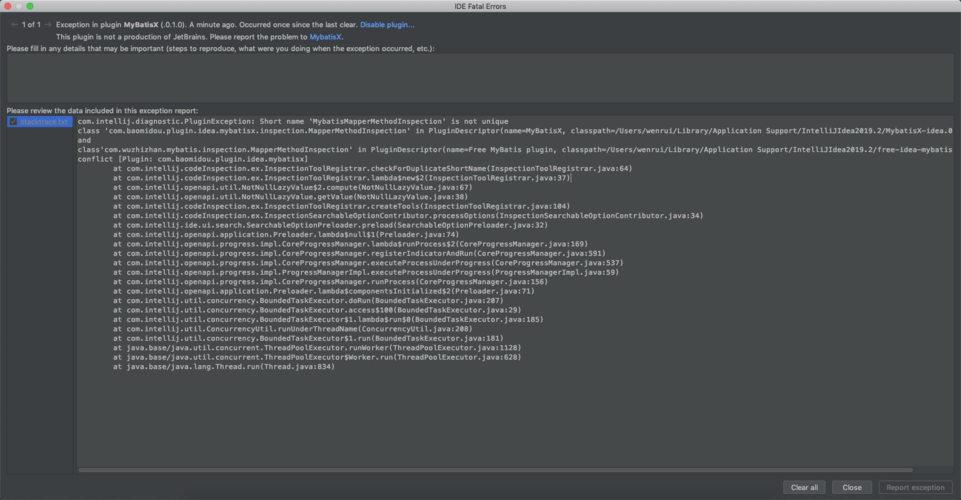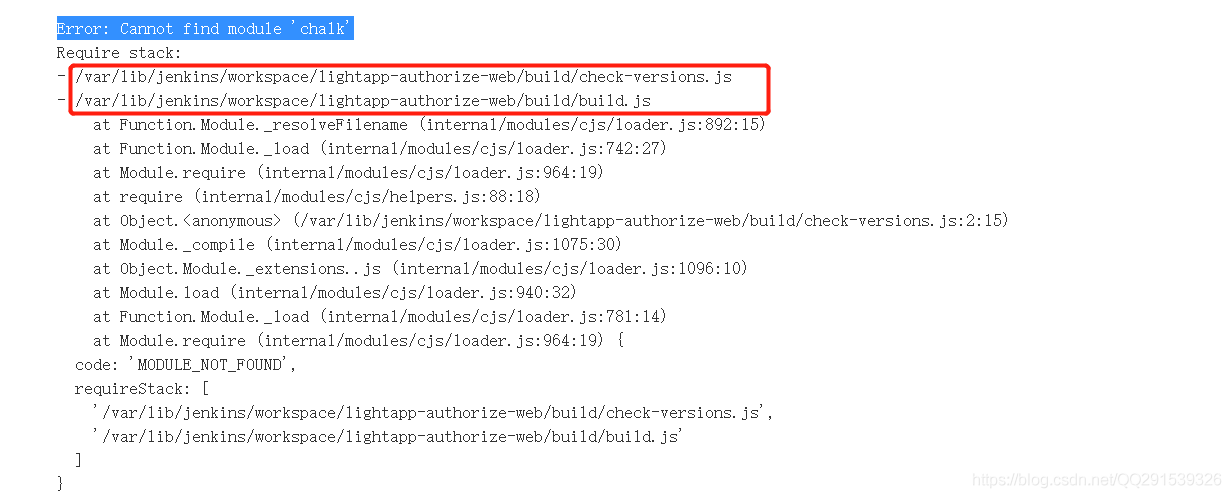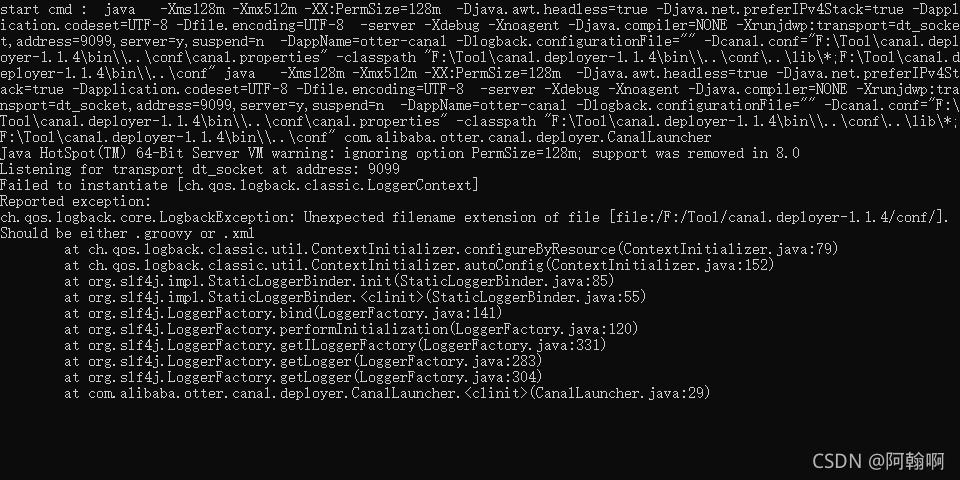在处理编程问题时,报错信息是诊断和解决问题的关键线索。getat 报错可能涉及多种情况,具体取决于所使用的编程语言、库或框架,为了提供准确、全面且逻辑清晰的回答,我们需要假设一个常见的场景:在JavaScript中使用getAttribute 方法获取HTML元素的属性值时出现错误。
错误分析与解决步骤
1. 常见原因及解决方案

| 错误类型 | 描述 | 解决方案 |
| 语法错误 | 拼写错误,如将getAttribute 误写为getat | 确保正确拼写getAttribute |
| 对象未定义 | 尝试从未定义的变量上调用getAttribute | 确保元素已经获取并存储在变量中 |
| 属性不存在 | 请求的属性在元素上不存在 | 检查属性名称是否正确,或者使用条件语句检查属性是否存在 |
| 上下文错误 | 在非DOM元素上调用getAttribute | 确保只在DOM元素上调用此方法 |
2. 示例代码与调试
// 示例:正确获取属性值
const element = document.getElementById('myElement');
if (element) {
const attributevalue = element.getAttribute('datacustomattribute');
if (attributeValue) {
console.log(- Attribute value: ${attributeValue}
3. 调试技巧
检查控制台:现代浏览器提供了强大的开发者工具,可以在控制台中查看详细的错误信息和堆栈跟踪。
断点调试:在可能出现问题的代码行设置断点,逐步执行代码以观察变量状态和程序流程。
日志记录:使用console.log 或更高级的日志记录工具来输出关键变量的值和程序执行路径。
FAQs
Q1: 如果getAttribute 返回null 而不是预期的值,这是什么意思?

A1:getAttribute 返回null 通常意味着请求的属性在指定的元素上不存在,在HTML中,只有当属性实际存在于元素上时,getAttribute 才会返回其值;否则,它会返回null,如果你期望得到一个空字符串而不是null,可以在获取属性值后进行条件判断,如attributeValue || ''。
Q2: 如何确保只在存在的DOM元素上调用getAttribute?
A2: 在调用getAttribute 之前,应该先检查元素是否存在,可以使用条件语句(如if)来确认元素不是null 或undefined。
- const element = document.getElementById('someId');
- if (element) {
- const value = element.getAttribute('someAttribute');
- // ...后续操作...
- } else {
- console.error('Element not found!');
- }
这种方法可以防止因尝试在未定义的元素上调用方法而引发的错误。












